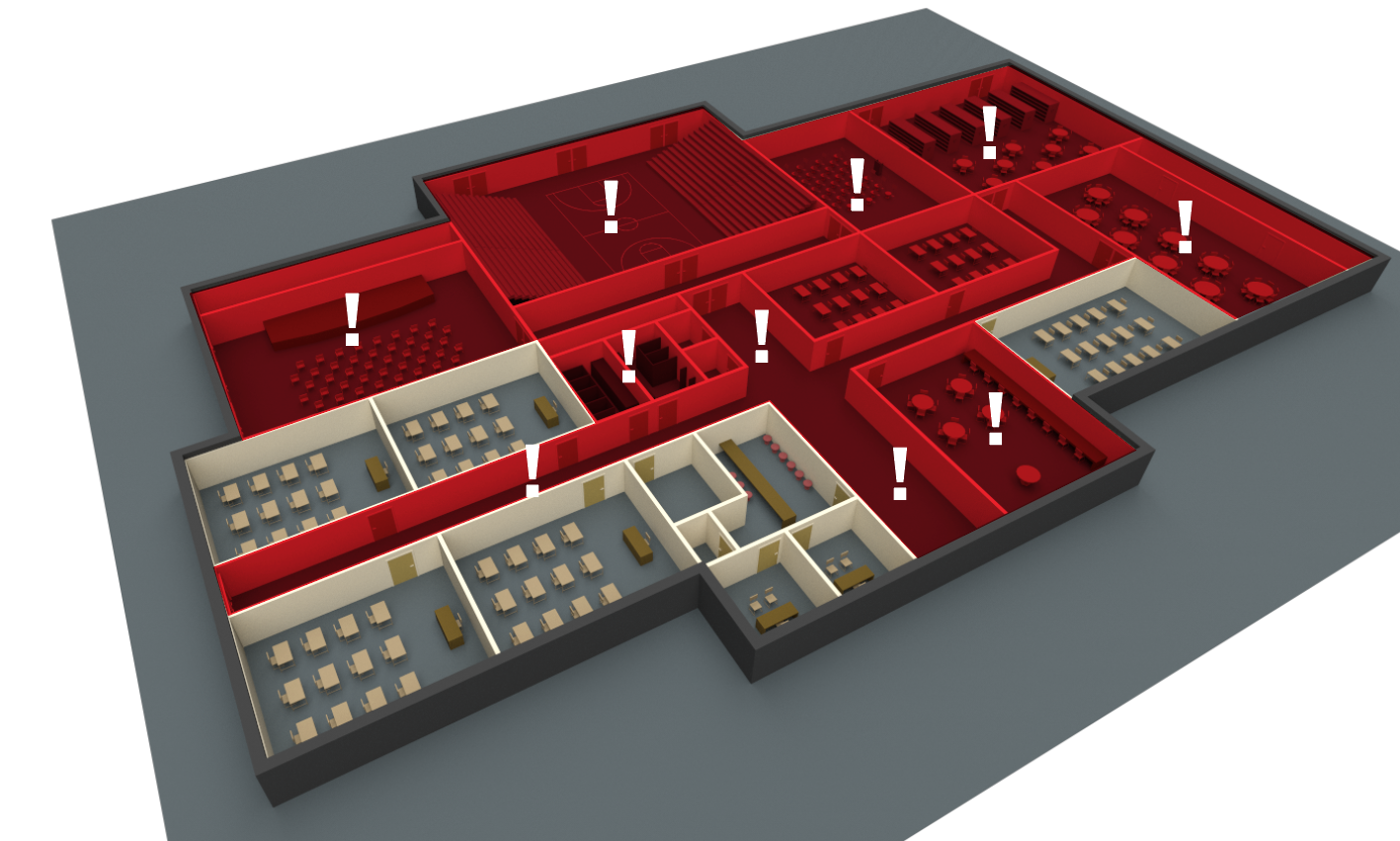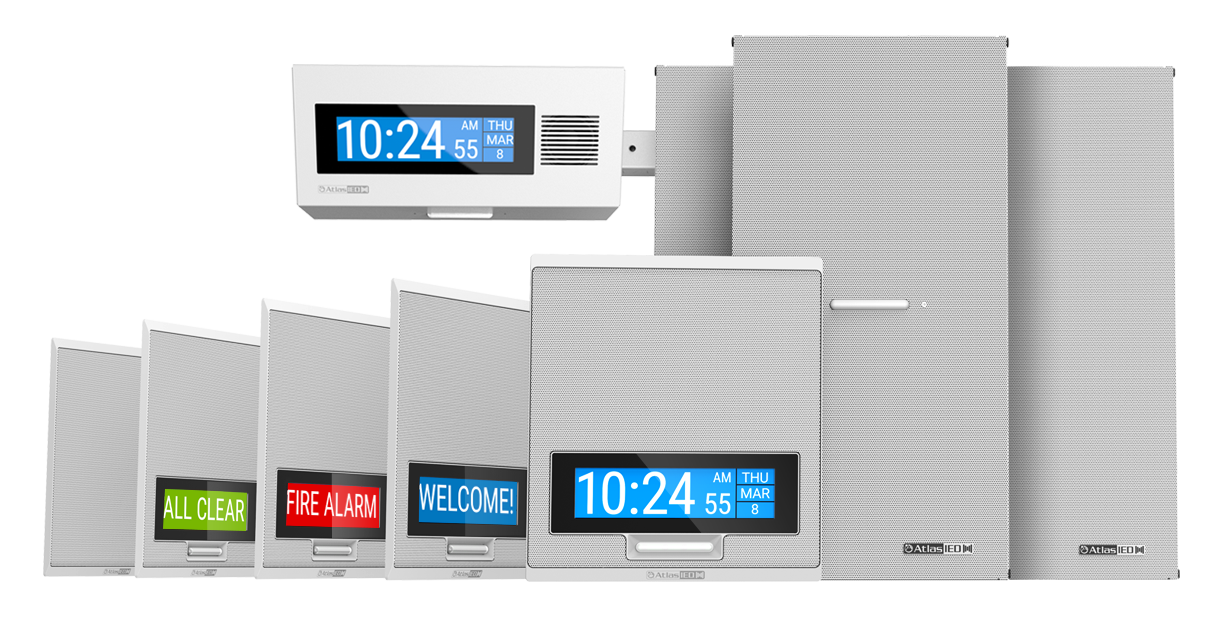Picture this - You work at, own, or frequently visit a building that has a VoIP phone system with phones in every room that receive pages during critical alerts. This is the sole communications system relied upon to broadcast emergency messages. Sound acceptable? What about for schools, healthcare facilities, or corporate office spaces. They’re good right?
The troubling truth is… Not even close.
Having a VoIP phone system is a good start, but if this is the sole method of communication during emergency situations, you’re going to come up short. IP phones are adequate for covering small spaces, but what about gymnasiums, hallways, outdoor areas, bathrooms, and anything larger than an office cubicle? What about ensuring the message is delivered to people when they are away from their desk, walking to the parking lot, or eating lunch in the break room?
In an education application, an IP phone cannot adequately cover a large space like a gymnasium, cafeteria, or a band room. If even one tuba player is practicing when the alert is initiated, nobody in the room will hear it. Hallways, bathrooms, and outdoor spaces are also a concern in corporate and healthcare applications.

Adding additional IP endpoints that have real speakers increases coverage and intelligibility for critical alerts. IP endpoint speakers and displays can also support daily communications and add compliance with ADA regulations via visual alerts such as scrolling text on LCD displays, and LED flashers, and other forms of visual communications.
IP endpoint devices can typically integrate with the call system manager and become part of the overall IP network. They are basically just another IP phone on the network, but they don’t have a handset. IP endpoint devices can have LCD screens for scrolling text, LED flashers that can be programmed with different colors for different situations, built-in speakers for additional sound coverage, digital clocks, and even built-in talkback microphones for full duplex communications. Some even have a PFMS port (Power For More Speakers) that makes adding extra sound coverage extremely easy and affordable.

So, if you own, work at, or visit a building that is relying on IP phones for effective communications, consider this: Is there an IP phone in every space students, patients, employees, staff, and visitors could be? Are there IP phones in the bathroom? (Yes, IP in the bathroom too…) Does the 2.5” speaker built into the IP phone adequately cover a 10,000 sq. ft. gymnasium or a 7,000 sq. ft. rehabilitation space? Is a VoIP page louder than a tuba player or a bustling waiting area? If not, consider using additional IP endpoint devices to support your existing communications network.


